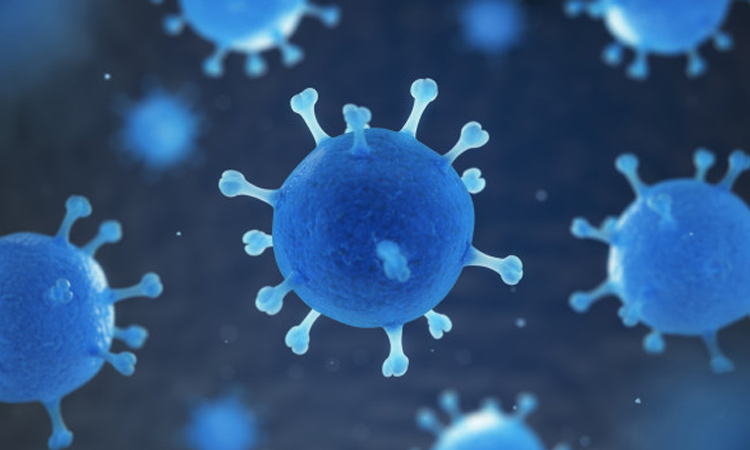Coronavirus found in air samples up to 13 feet from patients

This image is used for illustrative purpose.
Gulf Today Report
A new study examining air samples from hospital wards with COVID-19 patients has found the virus can travel up to 13 feet (four meters) -- twice the distance current guidelines say people should leave between themselves in public.
They add to a growing debate on how the disease is transmitted, with the scientists themselves cautioning that the small quantities of virus they found at this distance are not necessarily infectious.
The researchers tested surface and air samples from an intensive care unit and a general COVID-19 ward at Huoshenshan Hospital in Wuhan.
They found that the virus was most heavily concentrated on the floors of the wards, "perhaps because of gravity and air flow causing most virus droplets to float to the ground."
READ MORE
Can latex gloves protect you from catching the deadly coronavirus
How to stay safe when handling food packaging and home deliveries
VIDEO: UAE reports 370 new coronavirus cases, two deaths
High levels were also found on frequently touched surfaces like computer mice, trashcans, bed rails and door knobs.
"Furthermore, half of the samples from the soles of the ICU medical staff shoes tested positive," the team wrote. "Therefore, the soles of medical staff shoes might function as carriers."
The team also looked at so-called aerosol transmission -- when the droplets of the virus are so fine they become suspended and remain airborne for several hours, unlike cough or sneeze droplets that fall to the ground within seconds.
They found that virus-laden aerosols were mainly concentrated near and downstream from patients at up to 13 feet -- though smaller quantities were found upstream, up to eight feet.

Encouragingly, no members of the hospital staff were infected, "indicating that appropriate precautions could effectively prevent infection," the authors wrote.
They also offered advice, "Our findings suggest that home isolation of persons with suspected COVID-19 might not be a good control strategy" given the levels of environmental contamination.
Aerosolization of the coronavirus is a contentious area for scientists who study it, because it is not clear how infectious the disease is in the tiny quantities found in ultrafine mist.
The World Health Organization has so far downplayed the risk.
US health authorities have adopted a more cautious line and urged people to cover their faces when out in public in case the virus can be transmitted through normal breathing and speaking.







